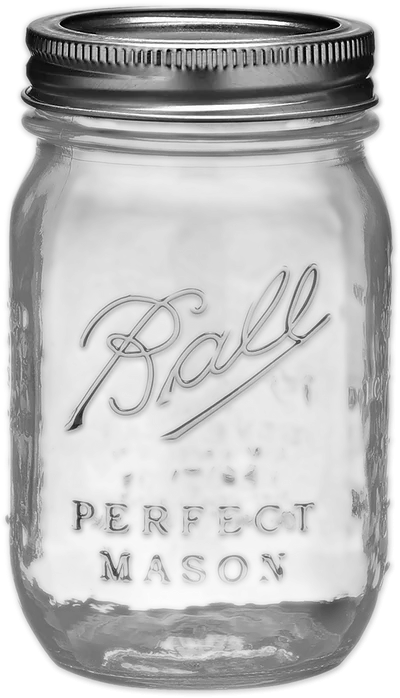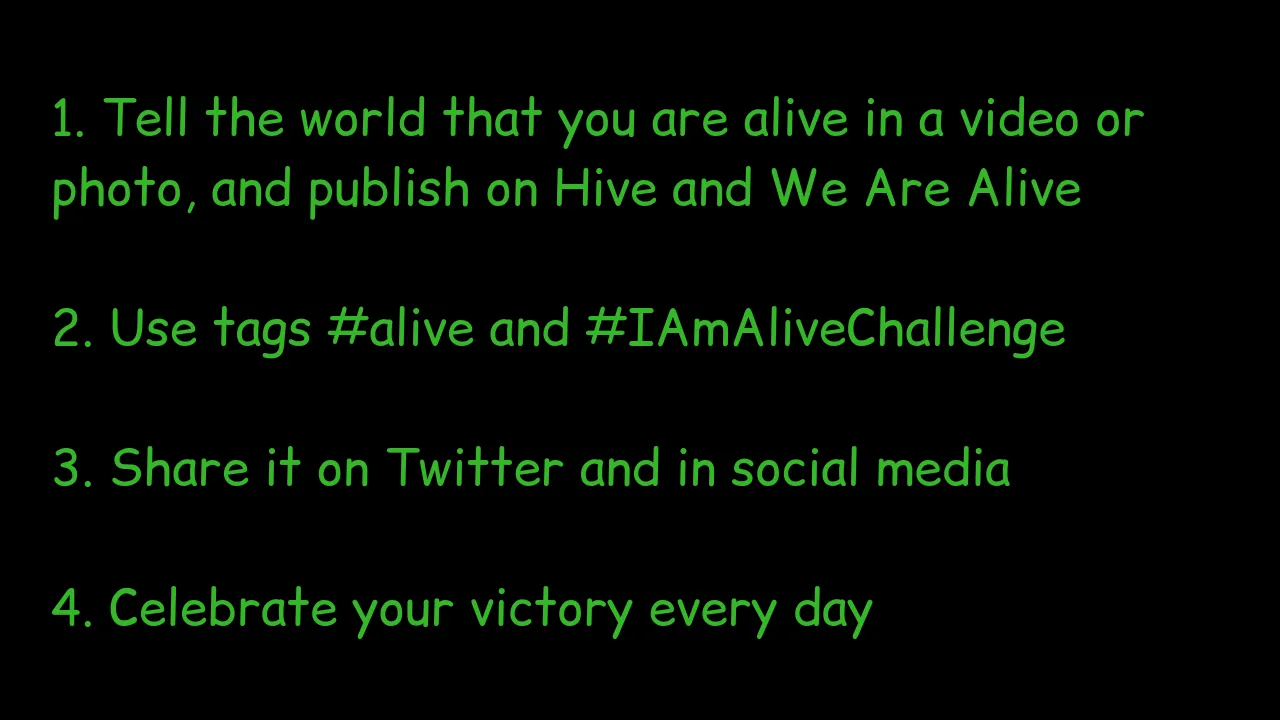El empleo del vidrio se incrementó con la reducción del costo de producción. Pero para todos los frascos o jarras había un problema general, se tenía que reducir al mínimo el contacto del contenido con el medio ambiente. Así que, incluso si estaba el producto sumergido en un medio conservante, para retrasar la degradación o putrefacción, la exposición al aire reducía el tiempo de conservación. La solución era sellar el envase, que en casos de productos caros se hacía con lacre, pero en casos que no justificaban el costo de la lacre, se recurría a corcho, cuero tratado, o tapas cuyo borde era sellado con cera.
Podrás imaginar que el tener que sellar con cera el frasco luego de cada uso era una cosa molesta, además de que siempre estaba el riesgo de no hacer completamente bien el sello de cera y que el contenido se estropeará más rápido. Ante este problema, #Mason pensó en una solución simple y reutilizable, hacer que las bocas de los frascos tuvieran una rosca de guía y fabricar una tapa que se ajustara, o retirara, girando suavemente. Creo que la idea fue revolucionaria, pero leí que en realidad no fue muy popular, llegando al punto que, más de 20 años después, la Mason Jar vio caducar la patente sin que tuviera mucho impacto. +++




